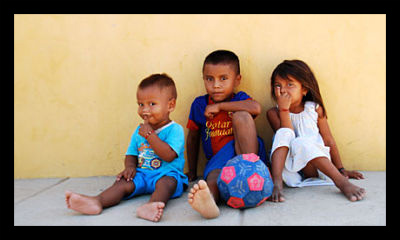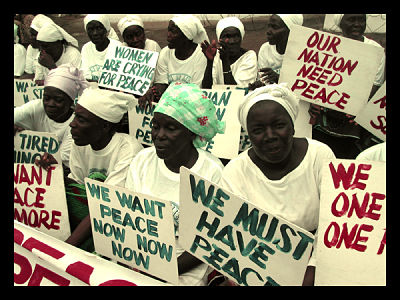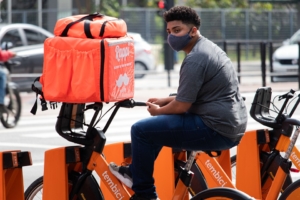 The socio-economic and political crisis in Venezuela has forced millions of citizens to flee the country in pursuit of better opportunities. In fact, there are approximately 4.5 million Venezuelans abroad. Almost 1.8 million are in the neighboring country of Colombia. This migratory movement has generated a demand for blue-collar jobs. Rappi, the Colombian unicorn, has become a very important niche for migrant labor. It allows them to start over and overcome their poor economic and social condition.
The socio-economic and political crisis in Venezuela has forced millions of citizens to flee the country in pursuit of better opportunities. In fact, there are approximately 4.5 million Venezuelans abroad. Almost 1.8 million are in the neighboring country of Colombia. This migratory movement has generated a demand for blue-collar jobs. Rappi, the Colombian unicorn, has become a very important niche for migrant labor. It allows them to start over and overcome their poor economic and social condition.
Rappi is an innovative App that works as a large shopping center in which the customer gets all kinds of products. The product quickly arrives at the customer’s location. This business model requires thousands of office employees as well as shoppers and distributors. While many of the Venezuelans that enter neighboring countries only have a high school diploma, Rappi has opportunities for them. The Venezuelans can provide for their families with only a bike and a smartphone.
The Presence of Venezuelans in Rappi
With only five years in the market, Rappi has seen a constant 20% growth every month. This reaches thousands across 9 countries in Latin America. This rapid increase has been directly correlated to the massive emigration of people. Today, 57% of Rappi’s distributors, or better known as rappitenderos, are Venezuelans. This is because Rappi only requires the special permit acquired with the traditional migratory process and no previous working reference.
Many studies have shown that Venezuelans in Rappi work considerably more hours and days by choice in comparison to Colombians. Rappi provides a flexible model in which distributors accommodate the hours they work according to their necessities and availability. The Venezuelan rappitenderos work around 10 to 12 hours a day, while Colombian rappitenderos work approximately 8 hours. Moreover, 97% of Venezuelans work up to 7 days a week while only 5% of Colombians work 6 days.
Rappi has helped Venezuelans find a job in which they can provide for their families. It also has looked for other ways to help their families. Rappi has partnered with Valiu, a Colombo-Venezuelan startup. This collaboration helps the rappitenderos send money to their relatives that live in Venezuela and struggle with poverty. This partnership has created better alternatives for distributors to manage their income and help their families.
The Impact
Rappi is the first fully Colombian, and one of the most important, tech firms in Latin America. It is the perfect innovation that has eased people’s lives, changed consumption habits and helped small businesses thrive. More than anything, it has allowed thousands of Venezuelans that have been looking for a better quality of life. It has become a means to reduce poverty and close the gaps of inequality.
The startup was born with the mission to make people’s lives easier. It extended its main goal to a community that today calls for help and needs to generate extra income for their personal and professional goals. Additionally, Venezuelan migrants contribute to the national economy of Colombia. Despite challenges and migratory processes, they have found their way and Rappi has been the dominant employer for this strong workforce.
– Isabella León Graticola
Photo: Pixabay
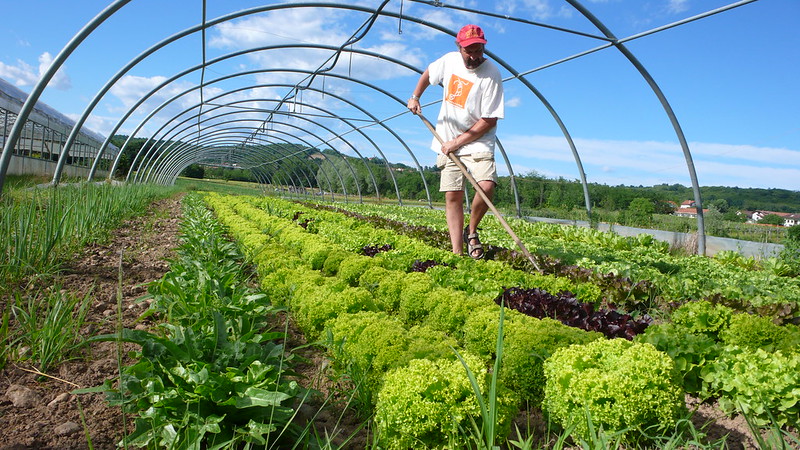
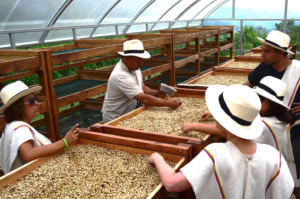 Coffee is the world’s second-favorite drink, only behind water. In the U.S., Americans drink more than
Coffee is the world’s second-favorite drink, only behind water. In the U.S., Americans drink more than 
